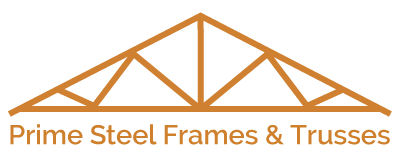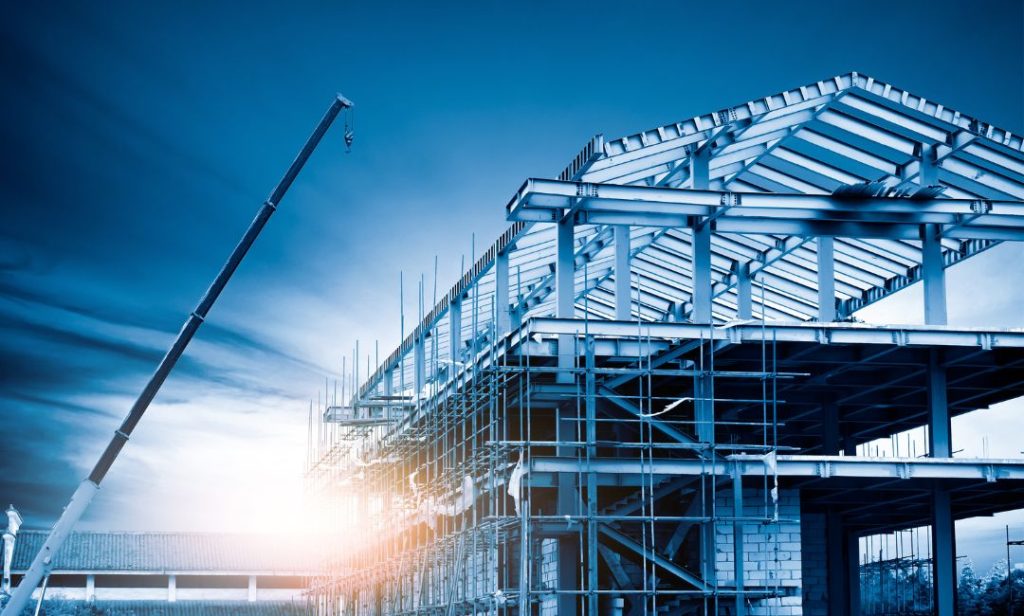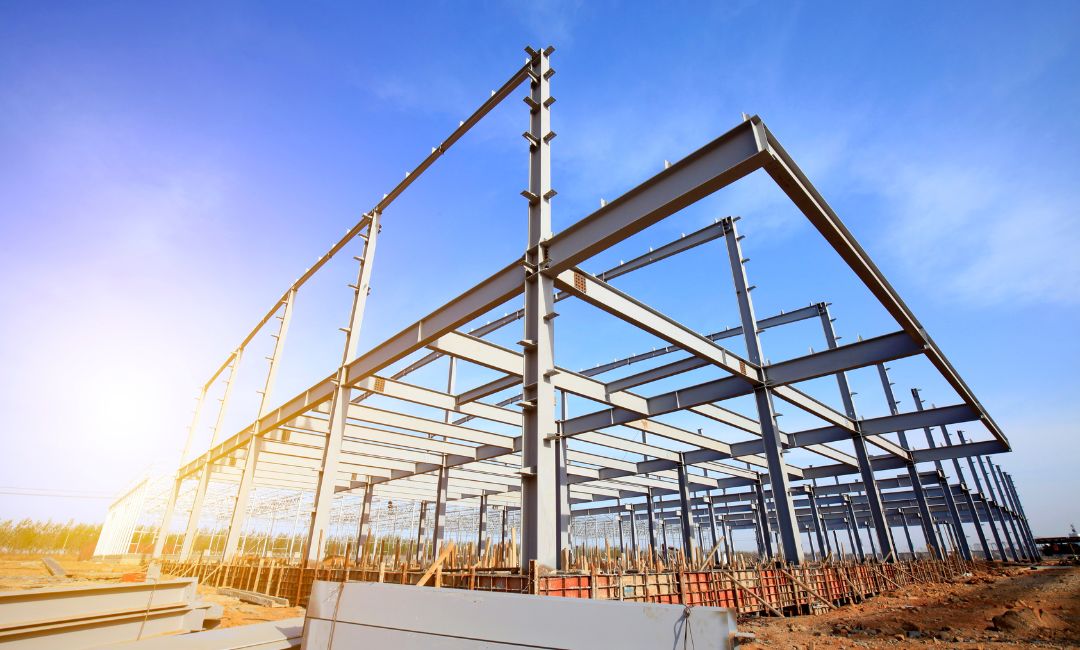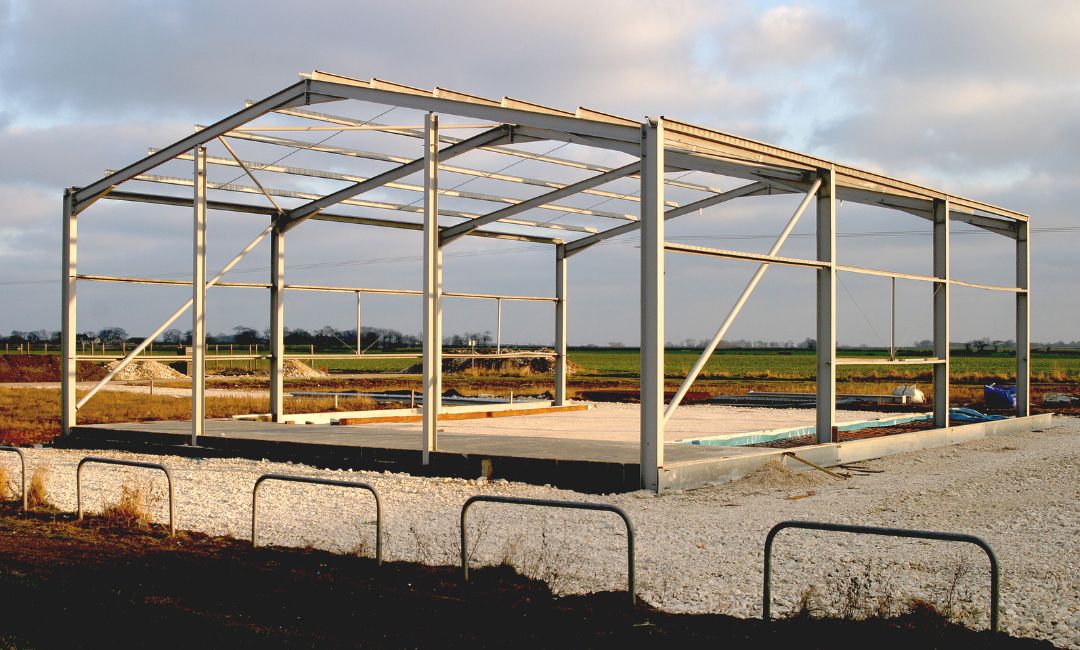In the world of construction and building materials, the quest for durability, sustainability, and cost-effectiveness is relentless. Among the myriad of choices available, steel frames have emerged as a superior option, particularly for their termite resistance. Termites, often dubbed the “silent destroyers,” cause extensive damage to wooden structures, leading to significant economic losses and safety concerns. This blog will delve into why steel frames are the best choice for termite resistance, exploring their advantages, comparing them with other materials, and highlighting their role in modern construction.
Understanding Termite Threat
The Destructive Nature of Termites
Termites are small, soft-bodied insects that feed primarily on cellulose found in wood and other plant materials. They live in colonies that can number in the millions, working tirelessly to consume wooden structures from the inside out. This destructive behaviour leads to:
- Structural Damage: Termites can compromise the structural integrity of buildings, weakening beams, supports, and foundations.
- Economic Impact: The cost of termite damage in the United States alone is estimated to be billions of dollars annually, considering repairs and preventative measures.
- Health Risks: Although termites do not pose direct health risks, the damage they cause can lead to unsafe living conditions and increased repair costs.
Common Solutions and Their Limitations
Traditional methods to combat termite infestation include chemical treatments, bait systems, and using termite-resistant materials. However, these solutions have limitations:
- Chemical Treatments: Often require a regular application and can have environmental and health side effects.
- Bait Systems: Effective but require constant monitoring and maintenance.
- Termite-Resistant Materials: Such as treated wood, which provides only temporary protection and can eventually succumb to termites.
Given these challenges, the construction industry has increasingly turned to steel frames as a reliable, long-term solution.
Advantages of Steel Frames
Termite Resistance
The most compelling reason to choose steel frames is their natural resistance to termites. Unlike wood, steel does not contain cellulose, the primary food source for termites. As a result, steel frames are inherently immune to termite attacks, providing a permanent solution to this pervasive problem.
Durability and Strength
Steel frames are renowned for their strength and durability. They can withstand harsh environmental conditions, including moisture, heat, and seismic activity. This robustness translates into long-lasting structures that require less maintenance and provide enhanced safety.
Sustainability
Steel is a highly sustainable material. It is 100% recyclable, and the steel industry has made significant strides in reducing its environmental footprint through energy-efficient production processes. Using steel frames contributes to sustainable building practices and supports green building certifications such as LEED (Leadership in Energy and Environmental Design).
Cost-Effectiveness
While the initial cost of steel frames can be higher than traditional wood, the long-term savings are substantial. Reduced maintenance, repair costs, and longevity make steel frames a cost-effective choice. Moreover, steel frames allow for faster construction times, reducing labor costs and project durations.
Design Flexibility
Steel offers exceptional design flexibility, allowing architects and builders to create innovative and complex structures. Its high strength-to-weight ratio enables the construction of large, open spaces without the need for load-bearing walls, enhancing aesthetic and functional possibilities.
Comparison with Other Materials
Wood
Wood has been a traditional building material for centuries, prized for its natural appearance and ease of use. However, it is highly susceptible to termite attacks and requires regular treatment and maintenance to prevent infestations. Over time, the cost and effort of maintaining wood structures can outweigh their initial affordability.
Concrete
Concrete is another popular building material known for its durability and fire resistance. While concrete itself is not a food source for termites, they can exploit cracks and joints to access other materials within a structure. Additionally, concrete structures often incorporate wood elements, such as formwork or interior finishes, which remain vulnerable to termites.
Brick and Stone
Brick and stone are naturally resistant to termites and provide excellent durability. However, these materials are heavy and labor-intensive to install, which can increase construction costs and time. Additionally, like concrete, brick and stone structures often include wood components that can be targeted by termites.
Real-World Applications
Residential Construction
In residential construction, steel frames offer homeowners peace of mind with their termite resistance and structural integrity. Steel-framed homes are becoming increasingly popular in termite-prone regions, providing a safe and durable alternative to traditional wood-framed houses.
Commercial Buildings
Commercial buildings benefit from the strength and versatility of steel frames. The ability to create large, open spaces without load-bearing walls is particularly advantageous for retail stores, office buildings, and industrial facilities. Steel frames also support the integration of modern building technologies and sustainable practices.
Infrastructure Projects
Steel frames play a crucial role in infrastructure projects such as bridges, tunnels, and transportation hubs. Their durability, resistance to environmental factors, and ease of assembly make them ideal for large-scale, long-lasting infrastructure developments.
Case Studies
Case Study 1: Residential Development in Australia
Australia is known for its termite problems, particularly in regions with warm, humid climates. A residential development project in Queensland opted for steel frames to combat the termite threat. The results were impressive, with the steel-framed homes showing no signs of termite damage even after several years. The developers also reported lower maintenance costs and higher customer satisfaction.
Case Study 2: Commercial Complex in California
A commercial complex in California faced repeated termite infestations in its wooden structures, leading to costly repairs and disruptions. The decision to rebuild using steel frames eliminated the termite problem entirely. The complex has since enjoyed uninterrupted operations and reduced maintenance expenses.
Case Study 3: Public Infrastructure in India
In India, where termites pose a significant challenge to infrastructure longevity, a major highway project incorporated steel frames for overpasses and supporting structures. The use of steel not only ensured termite resistance but also provided the necessary strength to withstand heavy traffic loads and environmental stressors.
Future Trends
Increasing Adoption of Steel Frames
The construction industry is witnessing a growing trend toward the adoption of steel frames, driven by the need for termite-resistant, durable, and sustainable building solutions. As awareness of the benefits of prime steel frames and trusses spreads, their use is expected to increase in both residential and commercial projects worldwide.
Technological Advancements
Advancements in steel production and fabrication technologies are making steel frames more accessible and cost-effective. Innovations such as lightweight steel framing, prefabrication, and modular construction are further enhancing the appeal of steel frames.
Sustainable Building Practices
The push for sustainable building practices is likely to boost the demand for steel frames. Their recyclability, durability, and compatibility with energy-efficient building systems align well with the principles of sustainable development.
Conclusion
Steel frames have emerged as the best choice for termite resistance due to their inherent immunity to termite attacks, coupled with their numerous other advantages. They offer unmatched durability, strength, and design flexibility, making them ideal for a wide range of construction applications. While traditional materials like wood, concrete, and brick each have their merits, they cannot match the comprehensive benefits of steel frames, particularly in termite-prone regions.
As the construction industry continues to evolve, the adoption of prime steel frames and trusses is set to rise, driven by the need for long-lasting, cost-effective, and sustainable building solutions. Whether for residential homes, commercial complexes, or large-scale infrastructure projects, steel frames provide a reliable foundation that stands the test of time and the relentless threat of termites.
In summary, the shift towards steel frames is not just a trend but a necessary evolution in construction practices, ensuring that buildings remain safe, durable, and free from the destructive influence of termites.




